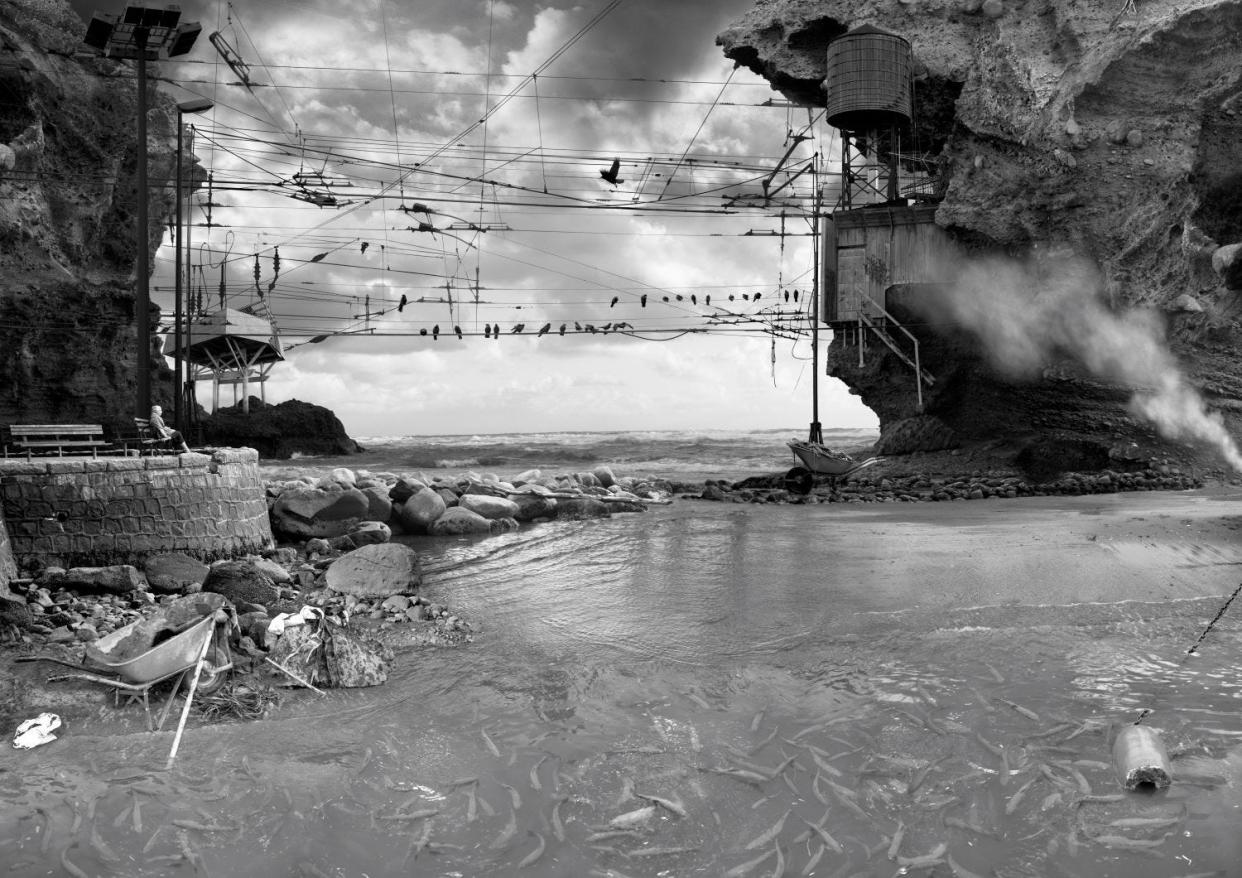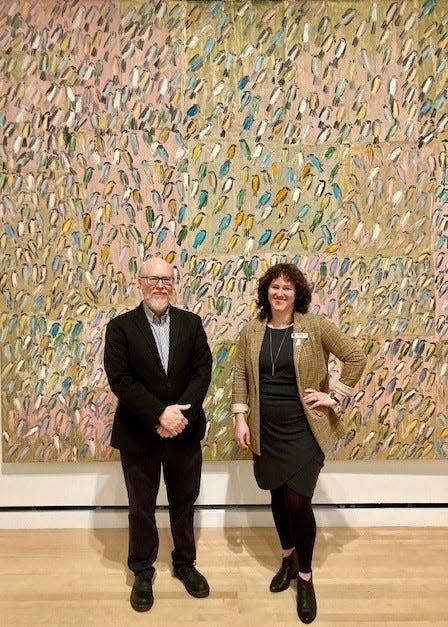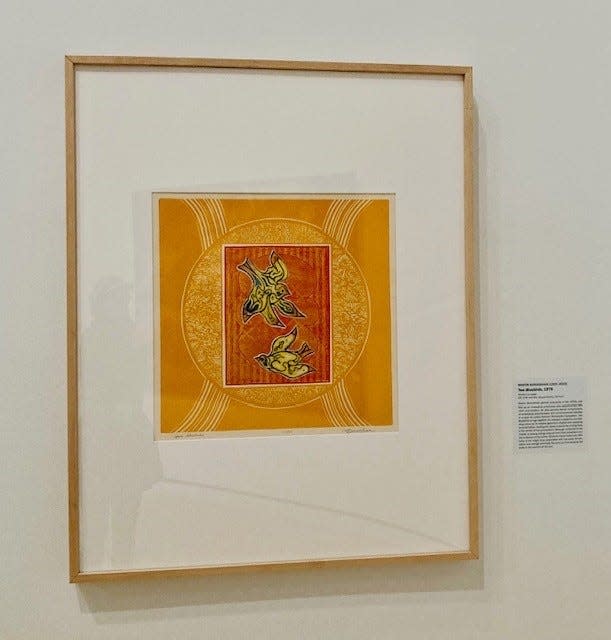Flock to the Jepson Center's 'Of a Feather: Birds in Art' exhibition

If getting up before dawn in late March means you might spot a rare Wilson’s warbler en route to Nova Scotia for the summer, chances are all-things avian call to your soul. And now through most of June, the Jepson Center boasts a new curation sure to delight art enthusiasts and bird lovers alike.
Soaring from Jan.13 through June 23, “Of a Feather: Birds in Art,” explores depictions of birds in a range of media. Selected from the museum’s permanent collection, the exhibit features a few pieces on display for the first time as well as familiar favorites.
Curation masterminds Harry Delorme, Erin Dunn and Elyse Gerstenecker agreed that a show focused on the museum’s avian-anchored pieces would be a uniquely engaging thematic presentation.
“Once we decided on a theme, we went to the museum database, and through descriptor words, located the works in the permanent collection,” recalled Delorme, senior curator and director of education at the Jepson Center. “This deep dive into the collection was a process that actually came together quickly.”
Community Arts: Over 250 mythological creatures crawl through Jepson Center's latest 'Making Marks' exhibit
Noble Creatures: Find your spirit animal among Stephen Garrison's creatures at Location Gallery exhibition

'Birds are such harbingers'
The 27-piece exhibition includes wood carvings, metal sculptures, woodblock prints, photographs, oil paintings, watercolors and more all conveying birds stylized, abstract and realistic.
One of the earliest works is a watercolor, “Spotted Gray Pate,” of the now-named, Kentucky warbler. Painted in 1791 by British naturalist, John Abbot, the artist worked more than 60 years in and around Savannah and Statesboro identifying species that would significantly help European scientists in placing Southern birds within the Linnean classification system. His work and observations pre-date famed biologist and natural historian, Charles Darwin, by nearly 75 years.
Delorme emphasizes that a few of the pieces, like Abbot’s, will be swapped out midway through the exhibition to ensure that fragile materials remain stable and safely preserved.
“Two Blue Birds,” by Massachusetts-born, Martin Barooshian, is one work on display for the first time. The multi-process woodcut print conveys in rich orange hues and blue tones a duo of stylized bluebirds in flight. The orange colors are bold, eye-catching and swiftly draw in the viewer.
“This piece was created in 1970 and was a real treat to come across in the collection,” said Erin Dunn, the museum’s curator of modern and contemporary art. “The artist considers himself an abstract bio-morphic surrealist, that’s his term, and you can really see that here in the style and in the way he conveys the motion of the birds with the doubling of wings. It’s an attention-grabber.”

“Low Tide,” by Anthony Goicolea, is a black and white composite photographic print sending a clear message about the inevitability of barren landscapes due to ecological collapse. In it, ravens perch on a series of criss-crossing utility wires strung between the rocky crags of a coastal inlet. Below, trout-sized fish seem to struggle in the shallow water. A single woman with light hair pulled in a tight bun sits on a bench pensively looking out over the water. The image is stark, haunting, uncomfortable.
Though created in 2007, the large work eerily forebodes 2019 research findings in which renowned Cornell University ornithologist, Ken Rosenburg, revealed that since 1970, nearly 3 billion birds have disappeared from North America.
“Birds are such harbingers,” mused Dunn. “They are the canary in the coal mine for all of us, and what happens to them very well may happen to us. We are hoping with this exhibit to educate as well as inspire, and Goicolea’s piece is definitely thought provoking.”
Throughout the exhibit’s run, the Jepson Center plans a range of interactive experiences. The museum partners with the Ogeechee Audubon in which local birding maven and nature photographer, Diana Churchill, leads a series of talks. The museum also hosts tours and hands-on activities for local pre-kindergarten students. The youngsters will view the exhibit, create clay art birds and explore the Telfair Children’s Art Museum.
For Delorme, who is also an avid birder, he considers the show a litmus of how artists are in tune with the world around them, how artists and birds are similarly prescient and revelatory.
“There are so many themes around birds,” considered Delorme. “Yes, they are harbingers of the environment, but they also represent forms of movement and bold color. Perhaps, most strikingly, birds can do something we can’t. They can fly. All of these aspects have captivated artists and thinkers for thousands of years. And with that, birds often inspire hope, and that’s something we’re focused on in this exhibition, hope and inspiration.”
This article originally appeared on Savannah Morning News: Flock to the Jepson Center's 'Of a Feather: Birds in Art' exhibition

